Caves (New Zealand)
Where can I find information about New Zealand caves?
(Years 7-10)
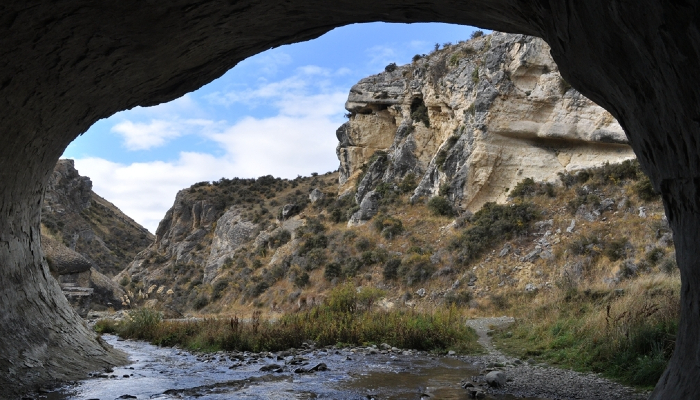
Image: Cave Stream In New Zealand 008 by letisha81 on Wikimedia Commons.
Entry last updated: 10/07/25
Introduction
New Zealand is known for its limestone or karst caves and cave systems. Many are known for their formations and glow-worms. This entry will give you information about well-known caves, how they are formed and why they are significant to Māori.
Well-known caves
Here are some famous caves in New Zealand:
Broken River Cave: Also known as Cave Stream, this Canterbury cave is popular with tourists.
Bulmer Cavern: Located in the Tasman region, this is New Zealand's longest cave.
Cathedral Caves: These very long sea caves are in the Catlins, in the South Island.
Nettlebed Cave: Located in the Mt Arthur ranges near Nelson, this cave is named after the tree nettle which grows nearby.
Te Ana-au Caves: These caves formed on the western shore of Lake Te Anau in Fiordland have glow-worms. The cave system includes a section called Aurora Cave.
Waitomo Cave: This is the most well-known of the Waitomo Cave systems, known for its glow-worms.
General websites
Use these websites to find information about caves in New Zealand, including how caves form, cave formations, and organisms that live there.
Te Ara: The Encyclopedia of New Zealand
Te Ara is an excellent starting point for all questions about New Zealand Aotearoa. If we look down to the bottom of the page we can see that the website belongs to the Ministry for Culture & Heritage, so the information is well-researched and reliable.
Search for 'caves'.
For the geology of caves that form in limestone country, including stalagmites and stalactites, choose Caves.
Or go to Caving to find out about caving, cave organisms, and caving tourism.
Tips: We like sites like this because they’re reliable. You can tell because of their web address – they have either .govt or .ac, meaning they are from government or educational organisations. They’re also New Zealand sites, so relevant for us.
This website created by the University of Waikato and Curious Minds (NZ) has a selection of science articles, activities and videos for intermediate and secondary students. You can search by topic, concept or search feature.
Try the keyword 'caves' in the search box.
Read the article Why caves matter to understand why caves are special places.
Select Growth layers in a stalagmite to understand the impact of climate on the growth of stalagmites.
Tips: Search words, or keywords, are the most important words in our question. You can leave out small words like ‘the’ and ‘of’ and just choose the main ones, eg caves. We can always change our keywords or add more if we need to.
This government website has lots of information about New Zealand's flora, fauna, heritage sites and what is being done to conserve and protect it. It also has useful information on caves in Aotearoa New Zealand.
Enter the keyword 'caves' in the search box.
Select Onepoto Caves Track: Te Urewera area tracks and walks.
Go down to Nature and Conservation to read about the vegetation and geology of the cave.
Then select History and culture to read about the importance of the cave to Māori.
Know before you go has safety instructions and Nature and conservation talks about how the cave is being protected.
You can also watch the video Waitomo Caves: Meet the Locals videos.
The New Zealand Speleological Society
Speleology is the scientific study of caves. The New Zealand Speleological Society is a group dedicated to cave exploration and cave conservation.
From the tabs at the top of the page select Cave Statistics to find a list of the deepest and longest caves in New Zealand, including caving areas.
The tab Safe Caving is about planning and preparing to enjoy a safe caving trip.
Use the tab called Cave Conservation to read how to treat caves with care.
Tips: Websites that have .org or .net in the address can have good information, but you need to assess how reliable it is. Check the About us link on the website. That can tell you what the organisation’s mission and values are.
Significance to Māori
Māori have used caves for a number of different things over time including storage, shelter, and as burial grounds. Caves are also one of the places that you can find Māori rock art. Have a look through these websites to find out more.
Te Ara: The Encyclopedia of New Zealand
This site has links to photos and information about how Māori have used caves.
Enter the keywords 'Māori caves' into the search box.
Go to the link called Caves to read how Māori used caves.
The link Māori rock art — ngā toi ana has information about Māori rock artists and designs.
NZHistory is a great website for information about New Zealand Aotearoa. If we go all the way down the page we can see that the website belongs to the Ministry for Culture & Heritage, so the information is well-researched and reliable. NZHistory has an article on rock art.
Enter the keywords 'Māori cave' into the search bar.
Select the link called Takiroa Rock Art Shelter.
Tips: A website’s address (URL) can give you a hint about how reliable it is. Look for addresses in the results that include .govt or .edu in the URL. These are quality sites from government or educational organisations.
Te Ana Ngāi Tahu | Māori Rock Art
This website from Ngāi Tahu iwi from the South Island of Aotearoa New Zealand is a great place to find information on rock art in shelters and caves.
From the home page, scroll down to Learn About Our Rock Art.
You can also choose Gallery from the top of the page for pictures of the rock art.
Tips: Websites that have .com or .co in the address can have good information, but you need to assess how reliable it is. Check the About us link on the website, if you can find one. That can tell you what the company’s mission and values are.
Up in the North Island, the Waitomo cave system is one of the biggest in New Zealand. Although the website has lots of information for tourists, you can also find out about the discovery of the caves, Māori history, and the legend of the Ruakiri cave.
From the home page, select Discover Waitomo from the top of the page.
Under the heading Discover Magic, read about the history of the different caves in Waitomo.
Choose The History of Ruakuri Cave to read the legend behind the name.
Tips: You may see a message about cookies on this website. Cookies are a kind of data collector that is used by some websites to collect information about their users.
Books
You can find books about caves in your local or school library. Here are some that we found:
Caves: exploring New Zealand's subterranean Wilderness by Marcus Thomas and Neil Silverwood.
Māori rock art : an ink that will stand forever by Paul Thompson, Karen Mason and Paula Wagemaker
Delving deeper : half a century of cave discovery in New Zealand by Moira Lipyeat
SCIS no: 1905041
Topics covered
Related content
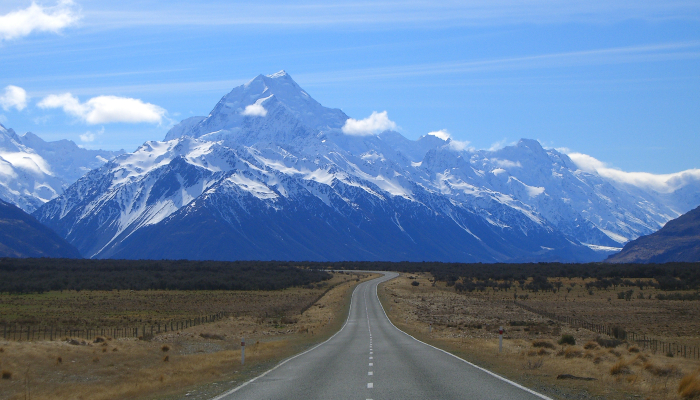
Mountains (New Zealand)
Where can I find information about New Zealand mountains?
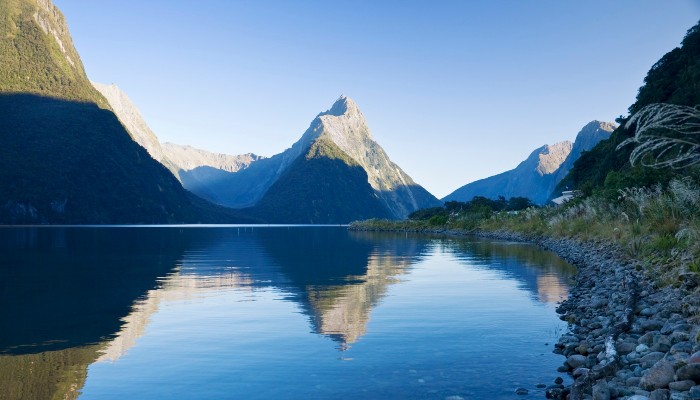
Tourism (New Zealand)
Where can I find information about tourism in New Zealand?
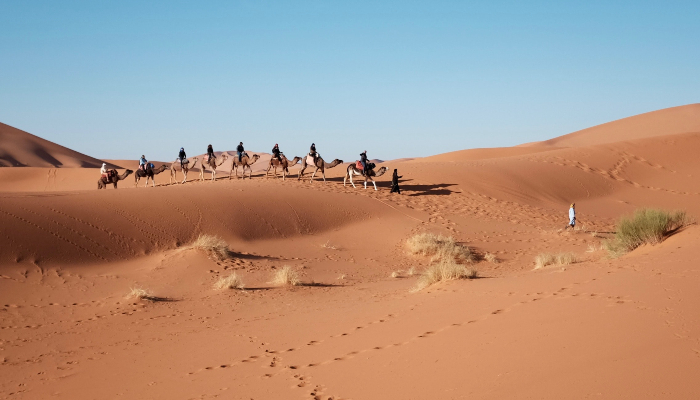
Deserts
Where can I find information about deserts around the world?
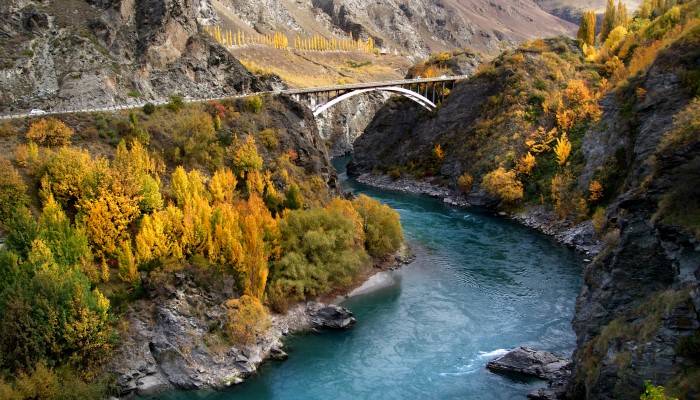
Rivers (New Zealand)
Where can I find information about rivers in New Zealand?
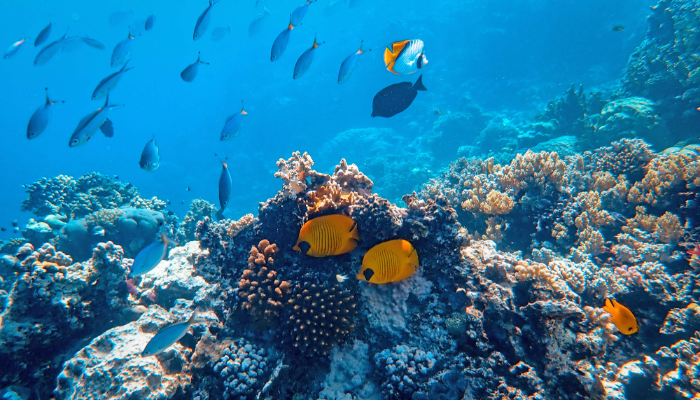
Oceans
Where can I find information about oceans?
